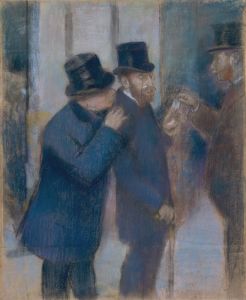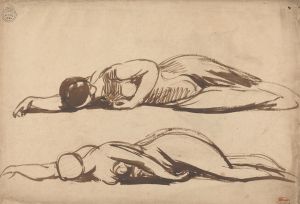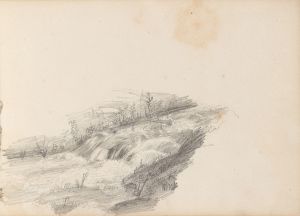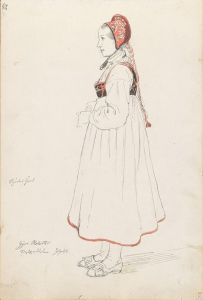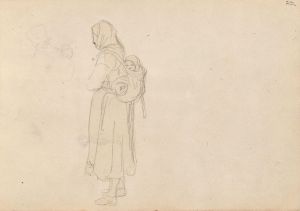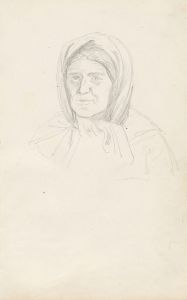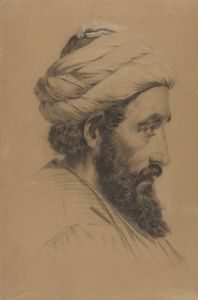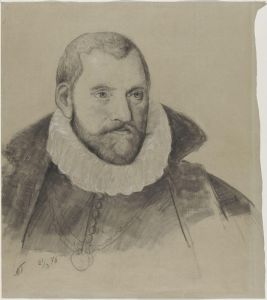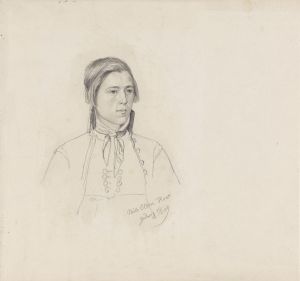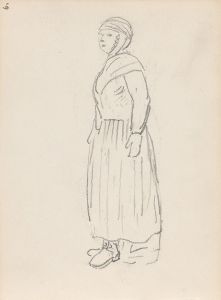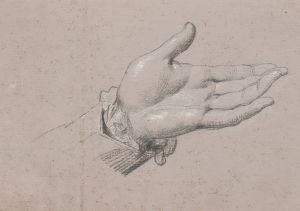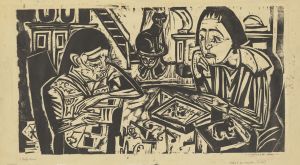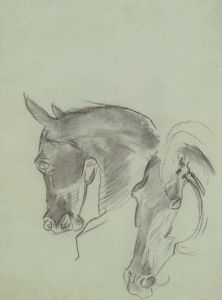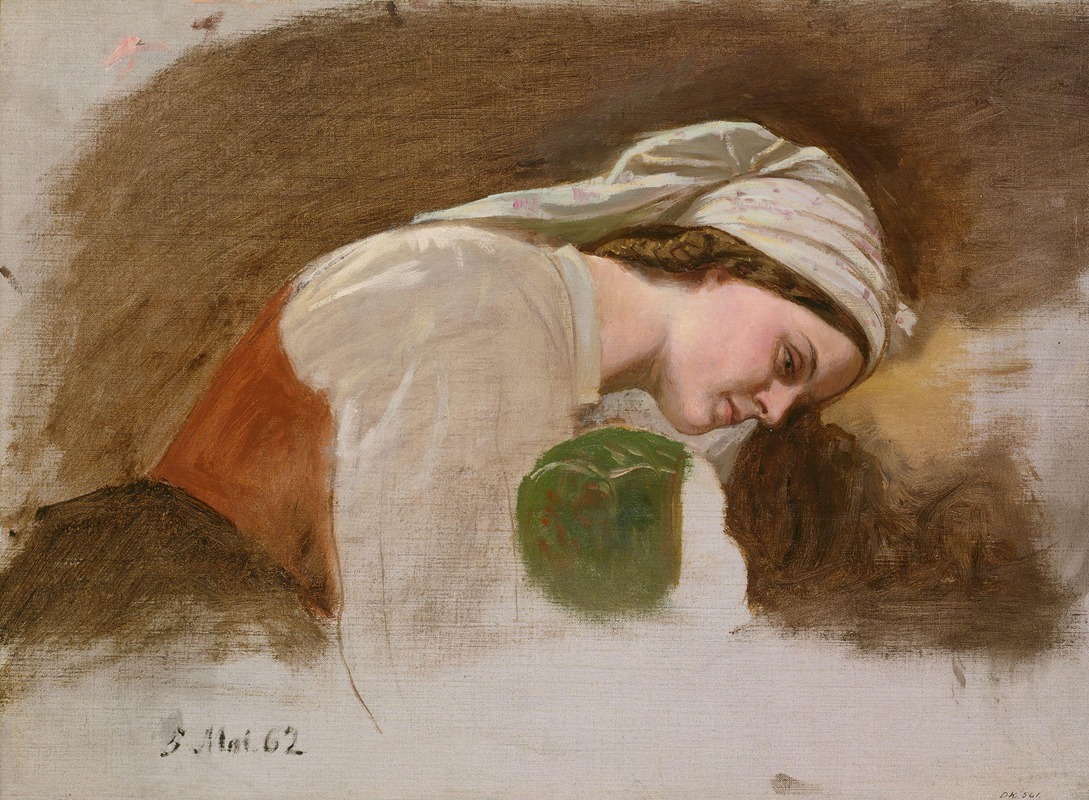
Study for After the Fight
A hand-painted replica of Adolph Tidemand’s masterpiece Study for After the Fight, meticulously crafted by professional artists to capture the true essence of the original. Each piece is created with museum-quality canvas and rare mineral pigments, carefully painted by experienced artists with delicate brushstrokes and rich, layered colors to perfectly recreate the texture of the original artwork. Unlike machine-printed reproductions, this hand-painted version brings the painting to life, infused with the artist’s emotions and skill in every stroke. Whether for personal collection or home decoration, it instantly elevates the artistic atmosphere of any space.
Adolph Tidemand (1814–1876) was a prominent Norwegian painter known for his depictions of rural life, folklore, and national romanticism. One of his lesser-known works, Study for After the Fight, is a preparatory study that reflects his interest in capturing dramatic and emotional moments. This piece, like many of Tidemand's works, demonstrates his skill in portraying human expressions and the cultural context of 19th-century Norway.
Study for After the Fight is believed to be a preliminary work for a larger or more detailed composition, though no definitive final version of the painting has been identified. The study depicts a scene that suggests the aftermath of a violent encounter, focusing on the emotional and physical toll on its subjects. Tidemand's use of light and shadow, as well as his attention to detail in the figures' postures and expressions, conveys a sense of tension and introspection. The work aligns with the themes of struggle and resilience often found in his oeuvre.
As a study, this piece was likely created to experiment with composition, mood, or character placement. Such preparatory works were a common practice among artists of the time, allowing them to refine their ideas before committing to a final canvas. While the exact circumstances or inspiration behind Study for After the Fight are not documented, it is consistent with Tidemand's broader interest in storytelling through art.
Adolph Tidemand is best known for his collaboration with Hans Gude on the iconic painting Bridal Procession on the Hardangerfjord (1848), which became a symbol of Norwegian national identity. While Study for After the Fight does not share the same level of fame, it contributes to the understanding of Tidemand's artistic process and his ability to capture human emotion.
The current location of Study for After the Fight is not widely documented, and it is unclear whether it resides in a public collection, private ownership, or has been lost. Further research into Tidemand's preparatory works may provide additional context for this piece.
This study remains a testament to Tidemand's dedication to his craft and his role in shaping Norwegian art during the 19th century.





